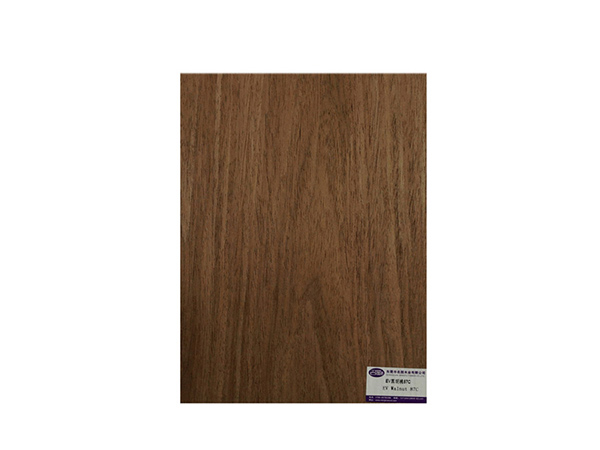What are the common textures of our common natural veneers? The following is a little bit of classification for everyone. There are many kinds of natural veneers, and different veneer types have different texture characteristics, which gives people more choices for veneer decoration modern home life. What are the common textures of natural veneer, which are announced today for everyone.
The tree-knotwood veneer—commonly has feathery lines, fishbone lines, and fountain patterns. These patterns can be used for high-grade decoration such as black walnut tree eucalyptus, peach veneer, and so on.
Tapered veneer – refers to the different growth of the individual, forming a beautiful “V” shaped pattern such as gray walnut, red bean tree, iron knife veneer.
Striped veneer—refers to straight-textured wood such as red pine veneer, larch, elm, and jujube that have no systematic deviation from the longitudinal axis of the tree.
Interlaced pattern—The texture direction is characterized by periodic reversal, that is, left and right deviations such as camphor, maidong, big leafhopper, and peach wood.
Wavy pattern veneer --- long wood cells are regularly curled to the left and right sides of the string, and they are not connected to each other. They are undulating, such as cherry, maple, birch, Angola rosewood, merbau, and white wax.
The back of the piano pattern - also known as the tiger skin pattern, refers to the wood is turned into a veneer or saw into a string panel, the board surface presents many obvious concave and convex parts such as maple, birch, and peach wood.
The floc pattern—the hollow intertwined fibers are surrounded by a series of irregularities, wherein the horizontal grain size is larger than the grain direction, such as maple or birch.
The black-eyed pattern—because of the twisting of the rear of the wood fiber arrangement, it has a conical dent in the growth wheel. When it is cut into a veneer, there are many small pieces of twisted tissue on the surface of the board to form black eyes such as maple. Birch and chicken account.
Parabolic pattern—refers to the rapid transition of early and late materials and the different growth densities. The string cutting board surface shows beautiful parabola, such as ash wood, eucalyptus, eucalyptus,
Diagonal flower conical pattern --- Rotary cutting at an angle to the main axis of the material (such as 45 °) makes the board surface a beautiful pattern, known abroad as black walnut.
Color strip pattern—- Wood with uneven distribution of finger colors. A pattern that is formed by sawing a log. The color comes from the pigment substances in the wood and lignin such as walnut (the dark brown in the heartwood and the stripes that run through the purple), the citron (the purple material in the heartwood), and the scented rosewood (the red heartwood often has black stripes) ).
Silver-light pattern—there are horizontal stripes, flakes, ribbons, blocks or irregular ray patterns on the surface of the surface. There are sparkling and reflective feelings such as eucalyptus, Cyclobalanopsis, Longan, Sapphire, Solo, and Platanus. , South China Wood, Silver Birch, Holly.
The above is the induction of natural veneer texture, rich and diverse, colorful natural veneer adds more color to our lives.
